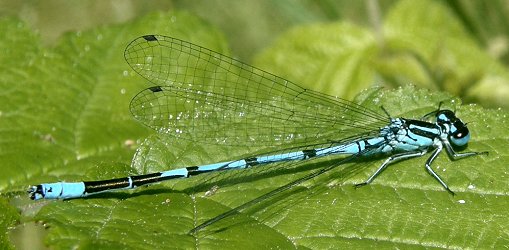I was working at my laboratory bench in the University when
I first noticed sharp pains across the inside of both forearms and, when I
looked at my arms, I was a bit shocked to see several lines of what appeared to
be acid burns. My first reaction was to wash my arms and then go back to the
bench to see if acid, or some other chemical, had spilled and accumulated along
the edge where I had been leaning. There was no evidence of any liquid, so that
wasn’t the explanation.
I went to the Occupational Health Unit for their
advice and they agreed with me that it looked like I had placed my arms, on
several occasions, on the edge of a bench where there had been a spill of a
corrosive chemical. That would result in the lines of burns which were so
evident. After the consultation, they recommended that I should go to St
Thomas’ Hospital, which had a Dermatology Unit and where I could get further
advice. Visiting hospitals is never much fun and I was apprehensive about what
they might say but, fortunately, I was seen quickly by a member of the nursing
staff and she asked me a few questions and then made a rapid diagnosis. One of
the questions was whether we had any rue (Ruta
graveolens) growing in our garden and she also asked if I could remember
having touched it. Well, that morning we had indeed cut back a large rue bush and
I must have brushed my arms against the sappy stems as I gathered everything
up. It was a beautifully warm and sunny morning and it was a pleasurable little
job before I set off to work by train and bus. The nurse then explained what
had happened. Sap from the rue had become
smeared on my arms, making several invisible lines, and these had then become
exposed to the sun, causing changes to the chemistry of the sap and thus resulting
in the appearance of weals after several hours. She gave me some cream and, within a week,
there was no trace of my encounter with the plant. I was
fortunate, as one case involving a 12-year-old who had rubbed rue on his skin
as an insect repellent required a hospital stay of 5 days. 1
From ancient times, rue has been used in herbal medicine, in
addition to its value as a culinary herb. It was often administered in water,
oil, or wine (sometimes with the addition of other components) and Culpeper
advises its use against fever, flatulence, removing intestinal worms, stopping
nosebleeds, easing earache, removing warts and in curing other skin conditions.
Rue also “helps the gout or pains in the joints, hands, feet or knees, applied
thereto” 2 In conclusion, Culpeper writes: “It helps disorders in
the head, nerves, and womb, convulsions and hysteric fits, the colic, and
weakness of the stomach and bowels; it resists poison, and cures venomous
bites.” 2 The role of rue as a deterrent against fleas and other
pests is also well known in folklore and its properties were said to be appreciated at the time of the Great
Plague. A herb of wide-ranging value it would seem, but none of the treatments with
rue, or its extracts, use the burning effect created after exposure to strong sunlight.
There is an interesting mythological association between rue
and burning that may have arisen from the effects of phytophotodermatitis, the condition
being known (although not by that name) in the Ancient World. 1 Basilisks
were snake-like creatures described by Pliny the Elder, the Roman author and
Natural Historian of nearly 2000 years ago. In time, they were portrayed as
reptiles with wings and with the head and legs of a cockerel. Basilisks could
kill with their stare, or by breathing on organisms, causing all to shrivel and
die. There were three exceptions: cockerels (whose crowing caused basilisks to
flee - is that why basilisks developed cockerel-like features through time?), rue,
and weasels (especially if they had eaten rue, or were wrapped in it as in the illustration
below). I cannot explain the role of the cockerel, but was the resistance of
rue to the burning breath of a basilisk, or in conveying protection to weasels,
based in some way on the known effects of the plant on skin, after the skin is
exposed to sunlight? Such an effect, delayed as it is, would provide good
material for mythology and we love fanciful explanations of the unknown.
1D.J.Gawkrodger and J.A.Savin (1983) Phytophotodermatitis
due to common rue (Ruta graveolens). Contact Dermatitis 9: 224.
2Nicholas Culpeper (1880) Culpeper’s complete
herbal: consisting of a comprehensive description of nearly all herbs with
their medicinal properties and directions for compounding the medicines
extracted from them. London, Foulsham.





